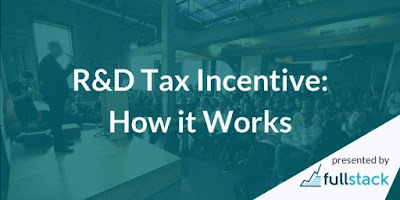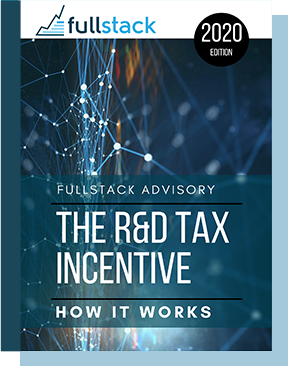Xero, the online alternative to Quick books, has introduced Zip Books, a solution that aims to take all the headaches out of correct accounting. Zip books is aimed at business owners who may lack experience in accounting. It is full of features that take some of the accountancy out of small businesses and it is free.
Cloud-based accounting software makes it easy to track money inflows and outflows, and it also provides a central location for financial data to draw valuable business insights from. Accountants can also use it, allowing them to work together in the online area. Giving your accountant access to Quick books and Xero accounts saves you a lot of time.
If you want to buy accounting software and are not sure which is the best for your business, there are many options. Answering all the questions you have about this will prepare you for the step you have already considered - whether it is certain that Xero accounting is the right business for you, or whether you sit down and wonder if it is. If you need more information about using cloud-based accounting software to run your business, contact us today.
 |
| Xero Accountants |
Xero and QuickBooks online are all good accounting packages, but ultimately it depends on your company's needs and preferences. Learn more about how they compare and why they are best suited for small business accounting when you compare them.
If you are in the small business accounting software market, you can only decide which tool is right for your business, whether it is Xero and Quick Books Online or another accounting tool.
If this is not what your business needs, it is important to speak to someone who can help you determine your accounting software requirements. This could be the person who writes your books, a professional consultant or Xero accountants with whom you can talk about the business and who can recommend an accounting product that would be useful to your business. If you are looking for an accounting tool, you should also talk to someone who can do it, such as an accountant or financial planner.
If your company finances are a little more complex, you can look at services that offer double-entry accounting. Although this program is based on a very real premise, because as an entrepreneur you may not know much about accounting, it suggests that if you have to enter manual diary entries, the process is passed on to an accountant or accountant. Setting up basic accounting documents for small businesses is time consuming, but not impossible.
An accountant manages your daily records, checks your accounts regularly and manages them. Cloud accounts: These sages can serve as a guide to what to do with your own accounts instead of hiring an accountant.
This monthly online subscription tool allows companies to keep their daily records and file their VAT returns with HMRC. Some companies choose to either do the entire accounting through their cloud software or pay their accountants a monthly fee (linked to the VAT return) to check the data and correct errors.
Small businesses need free xero accounting software that performs all the accounting tasks necessary for their business, such as payroll, tax and payroll accounting. Companies can also link their PayPal and bank accounts to the software so that these receivables are generated. The wave is an easy way for small businesses to manage their accounts and accounting without getting caught up in complicated features they may not need.






